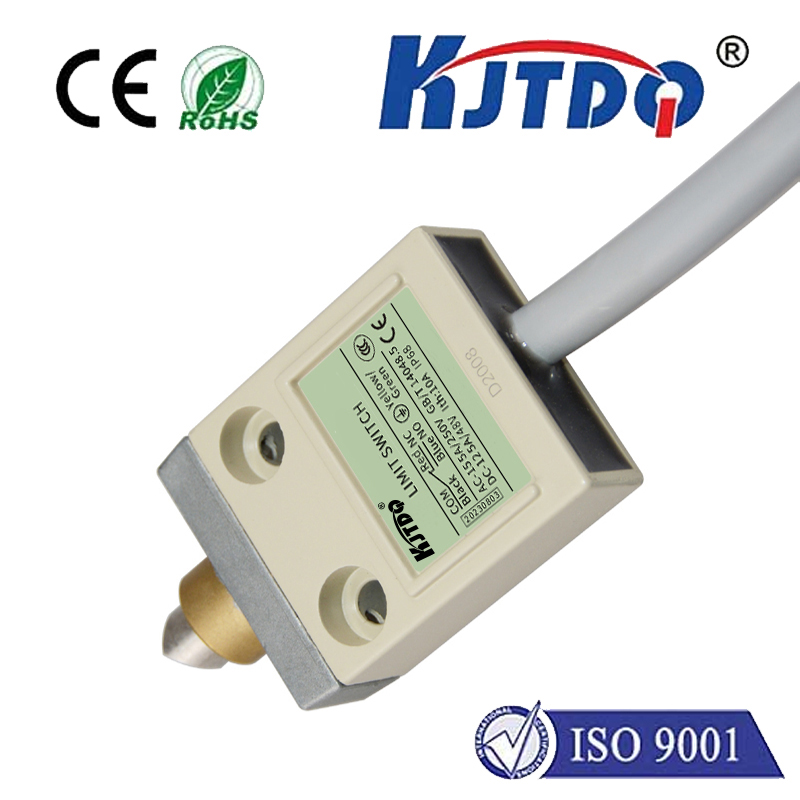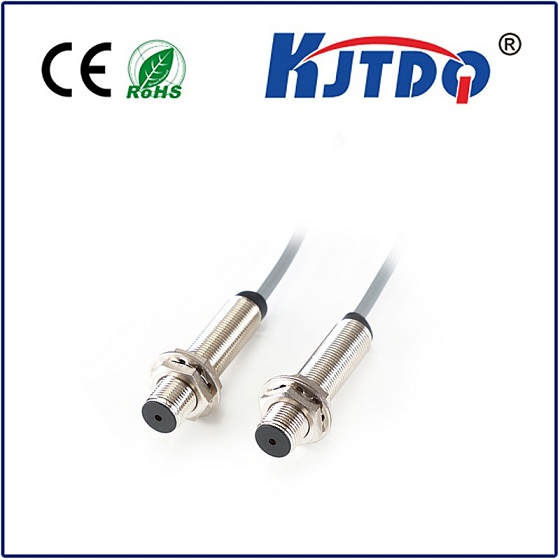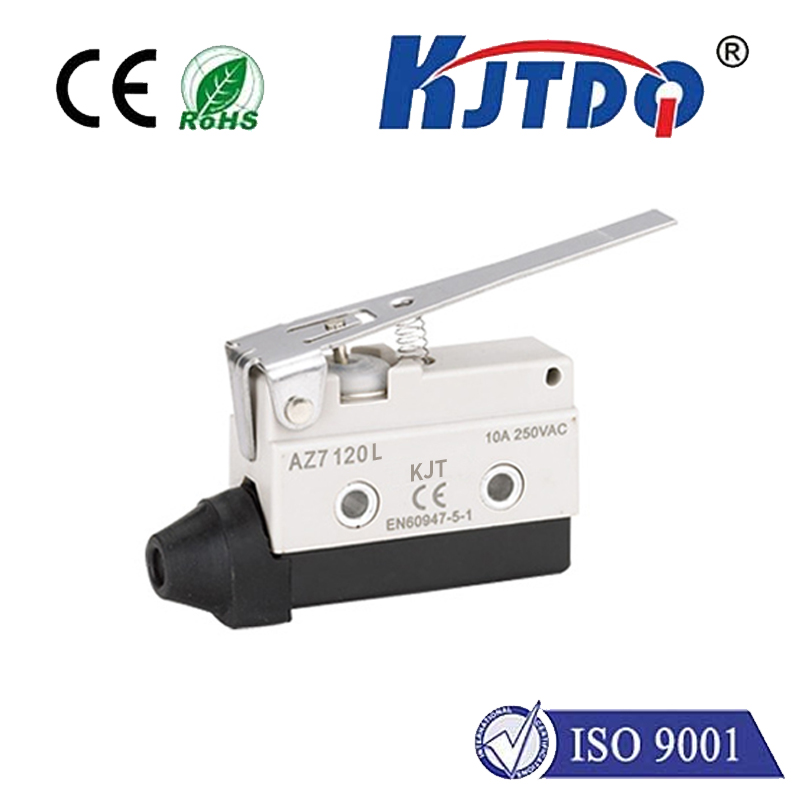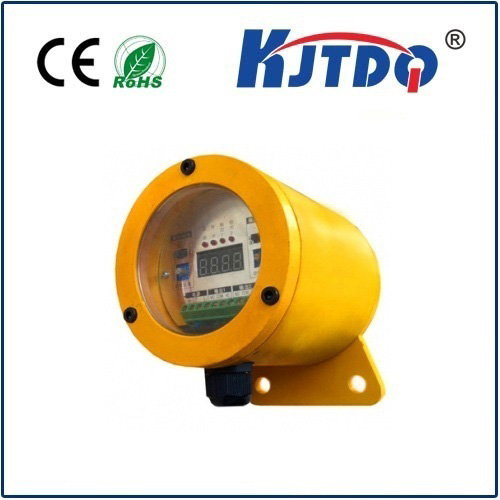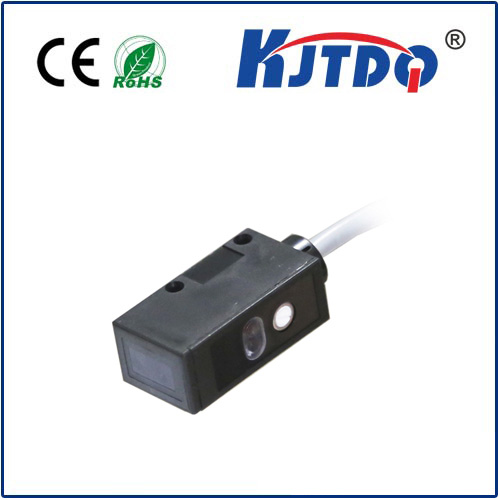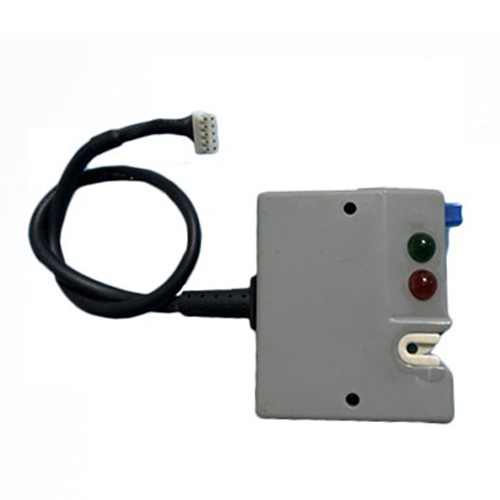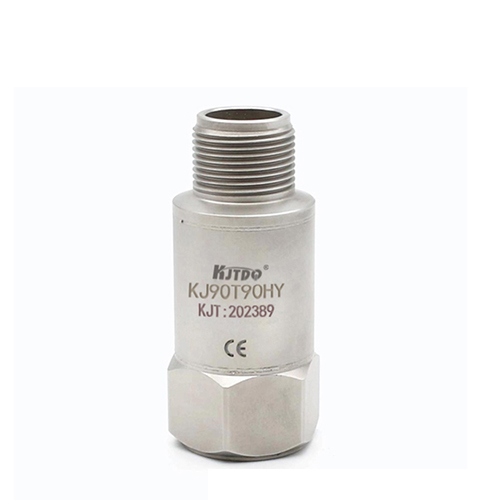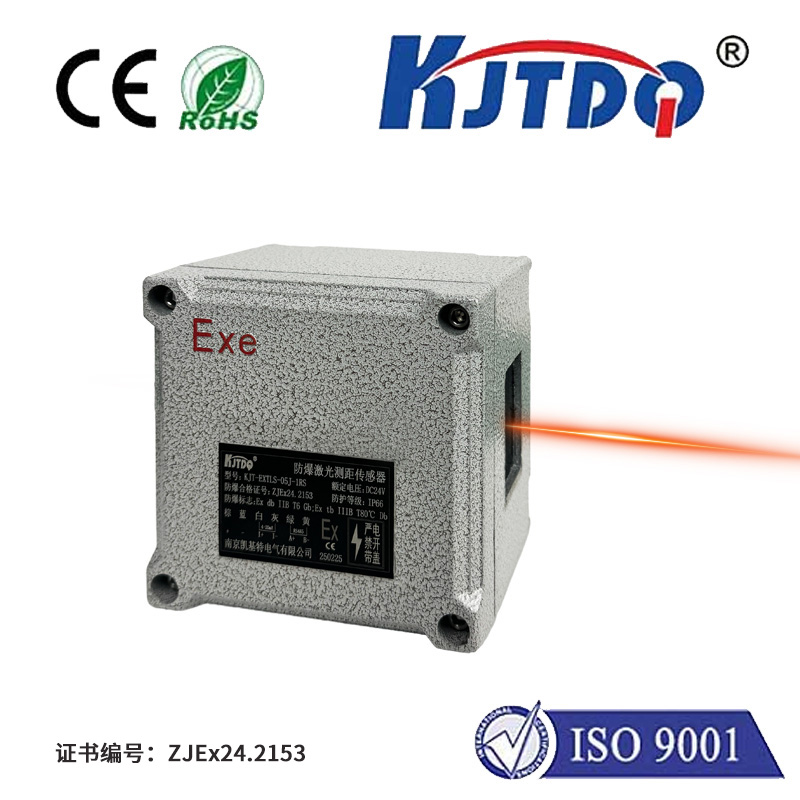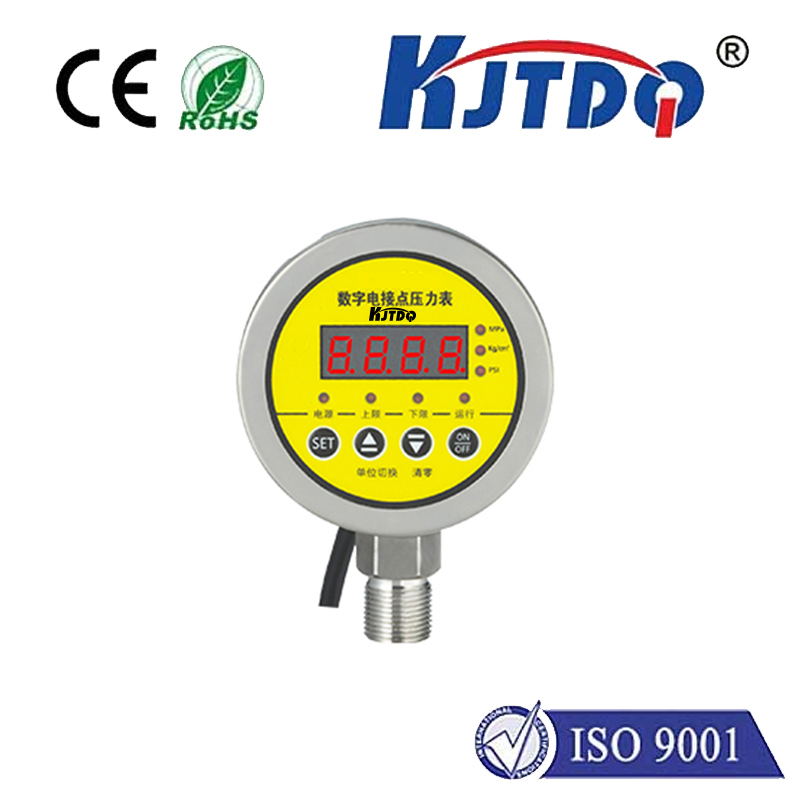universal high limit switch
- time:2025-08-02 02:01:07
- Click:0
Universal High Limit Switch: The Ultimate Safeguard Against Thermal Runaway
Imagine an invisible barrier standing guard at the very precipice of danger within your machinery. A silent protector that, when triggered, acts instantly to prevent catastrophic overheating, electrical fires, or system meltdown. This crucial line of defense isn’t science fiction; it’s the fundamental role of the universal high limit switch, an indispensable sentinel in countless industrial, commercial, and residential systems.
What Exactly is a Universal High Limit Switch?
At its core, a high limit switch is an electro-mechanical safety device engineered to monitor temperature. Its sole purpose is to interrupt power or initiate a safety shutdown sequence when the temperature it senses exceeds a predefined, critical threshold – the “high limit.” Unlike a thermostat controlling normal operating cycles, the high limit switch acts purely as a failsafe, triggered only in abnormal, potentially dangerous conditions.
The “universal” aspect elevates its utility. Universal high limit switches are designed for broad compatibility and adaptability. They typically feature:
- Wide Temperature Ranging: Capable of being set or specified to trip across a vast spectrum of temperatures.
- Multiple Mounting Options: Designed with versatility for various installation configurations (snap-action, immersion bulb, surface mount, etc.).
- Compatibility with Diverse Media: Can be used to monitor air temperature, liquid temperature (water, oil, glycol), or even surface temperature on tanks or pipes.
- Standardized Electrical Connections: Often featuring common contact arrangements (SPST, SPDT) and terminal types suitable for integration into many control systems.
- Robust Construction: Built to withstand industrial environments – resistant to vibration, dust, moisture, and corrosion.
Why is This “Ultimate Safeguard” So Critical?

Thermal runaway is a genuine threat. When components overheat due to malfunctions (like a seized motor, blocked airflow, coolant loss, internal short circuits, or control system failure), temperatures can escalate uncontrollably. The consequences are severe:
- Fire Hazard: Overheated electrical wiring, insulation, or flammable materials can ignite.
- Equipment Destruction: Motors, compressors, heating elements, circuit boards, and structural components can melt, warp, or suffer permanent, costly damage.
- System Downtime: Catastrophic failure halts production, operations, or comfort systems.
- Safety Risks: To personnel through fire, explosion, or release of hazardous materials.
The universal high limit switch stands as the critical last line of defense. Installed at the point where excessive temperature poses imminent risk, it senses the danger and instantly breaks the electrical circuit, stopping the process and preventing disaster. Think of it as the non-negotiable safety net for thermal systems.
Where Does the Universal High Limit Switch Shine?
The applications are vast, spanning numerous industries:
- HVAC Systems: Crucial in furnaces, boilers, heat pumps, and air handlers to prevent overheating of heat exchangers, protecting against cracks, fires, and ensuring safe shutdown if airflow is blocked or the primary thermostat fails.
- Industrial Process Heating: Overseeing ovens, kilns, heaters, reactors, and dryers to prevent product damage, fire, and maintain process safety integrity.
- Electrical Enclosures & Panels: Protecting transformers, power supplies, motor control centers (MCCs), and sensitive electronic components by cutting power if internal cooling fails or ambient temperatures soar.
- Commercial Kitchen Equipment: Essential safety devices in fryers, griddles, ovens, and dishwashers.
- Renewable Energy Systems: Safeguarding batteries (especially lithium-ion) and power conversion electronics in solar and wind installations from thermal runaway.
- Appliance Safety: Found in water heaters, clothes dryers, coffee makers, and more, preventing overheating due to element failures, thermostat malfunctions, or vent blockages.
Choosing the Right Universal High Limit Switch: Key Considerations
Selecting the appropriate universal high limit switch involves several critical factors:
- Trip Temperature: Determine the maximum safe temperature for the specific component or location you need to protect. The switch must trip before this critical point is reached.
- Reset Type:
- Automatic Reset: Resets itself once the temperature cools below the trip point. Use only when immediate, unattended restart is safe after the fault condition has clearly resolved.
- Manual Reset: Requires physical intervention (pushing a button) to reset. Essential for safety-critical applications, ensuring the fault is investigated before restarting.
- Temperature Sensing Medium: Select based on what needs measuring (air, liquid, surface). Immersion bulbs, capillary tubes, or direct-mounted sensors are common.
- Electrical Rating (Voltage & Current): Must be compatible with the control circuit it is interrupting.
- Environmental Conditions: Consider exposure to moisture, chemicals, vibration, dust, and ambient temperature extremes – choose an appropriate enclosure rating (like IP or NEMA).
- Mounting & Form Factor: Ensure it fits and installs securely in the designated location.
- Compliance & Certifications: Look for relevant safety certifications (UL, CSA, CE, etc.) for your region and application.
Ensuring Reliable Protection: Installation & Maintenance
Even the best universal high limit switch is ineffective if improperly installed or neglected. Best practices include:
- Location is Paramount: Mount the sensor probe directly at the critical hot spot – the part of the system most likely to overheat first and whose temperature best indicates danger (e.g., near heating elements, on motor windings, or within an electrical enclosure’s hot zone). Avoid locations downstream of dampers or where airflow might be restricted.
- Secure Connections: Ensure all wiring is tight and corrosion-free. Use appropriate gauge wire.
- Test Periodically: Simulate a trip condition (if safely possible according to instructions) or verify operation during routine maintenance. Never bypass a tripped limit switch without diagnosing and resolving the root cause.
- Regular Inspection: Visually check for damage, corrosion, or loose components.
The Unseen Guardian of Safety
The universal high limit switch operates quietly in the background, often unnoticed until it performs its critical function. Its value lies not in its complexity, but in its unwavering reliability as a simple, robust safety interlock. By providing a universal, adaptable solution for cutting power at a critical temperature threshold, it prevents escalation into catastrophic events. In a world increasingly reliant on complex machinery and electrical systems, integrating and maintaining these vital safeguards is not just prudent engineering – it’s an absolute necessity for protecting lives, property, and investments. It is, truly, the ultimate failsafe against the devastating consequences of uncontrolled heat.






